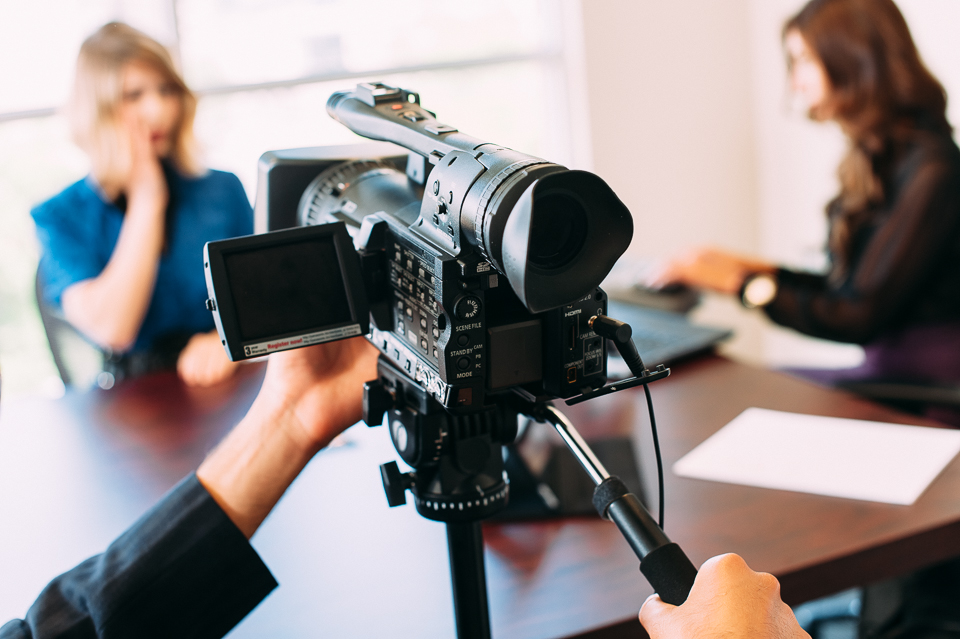How Legal Videography Enhances Court Room Presentations and Proof
How Legal Videography Enhances Court Room Presentations and Proof
Blog Article
Diving Into the Devices of Lawful Videography: Introduction Its Operation in Shielding Authentic Aesthetic Statement for Judicial Process
In the realm of judicial process, the role of lawful videography stands as a cornerstone in maintaining and presenting aesthetic proof. As technology proceeds to advance, the mechanisms behind legal videography have come to be significantly detailed, offering an essential layer of credibility to testaments recorded on video clip.
Historic Advancement of Lawful Videography
Checking out the historic development of legal videography reveals a considerable improvement in the recording and discussion of aesthetic proof within the legal landscape. In the past, legal process greatly relied upon composed photos and records to record events and give evidence. Nevertheless, with the development of video clip innovation, the legal sector observed a standard change in exactly how visual testament was captured and offered.
The evolution of lawful videography can be traced back to the late 20th century when advancements in video recording equipment made it much more easily accessible for usage in courtrooms. This technological innovation not only improved the precision and dependability of aesthetic evidence however additionally reinvented the means cases were provided to courts and juries (Legal Videography). Attorneys began to identify the influential power of video clip recordings in communicating emotions, nuances, and non-verbal signs that created transcripts or photos alone can not catch successfully

Technology Developments in Video Documentation
What vital technological advancements have changed video documents in the legal field? The legal area has actually seen considerable innovations in video documents innovation that have actually improved the credibility and reliability of aesthetic evidence in judicial procedures.
Moreover, improvements in video clip encryption and watermarking modern technologies have boosted the safety and security and tamper-proof nature of video clip proof, safeguarding it against unauthorized changes or tampering. Furthermore, the advent of cloud storage options and remote access abilities has streamlined the storage, access, and sharing of video clip proof, assisting in smooth collaboration among lawful professionals and guaranteeing reliable accessibility to crucial aesthetic testaments when required. These technical improvements in video clip paperwork have definitely transformed the legal field, boosting the accuracy, reliability, and admissibility of aesthetic evidence in judicial procedures.
Role of Legal Videographers in Courtroom Settings
The development of video documentation modern technology in the lawful field has demanded a critical function for lawful videographers in court settings, making certain the honesty and dependability of visual testaments provided throughout judicial procedures. Legal videographers play a basic function in capturing and protecting accurate aesthetic evidence that can be crucial in litigation. Their responsibility reaches setting up equipment, videotaping procedures, and generating top notch videos that properly show the occasions in the court.
In courtroom settings, lawful videographers should stick to stringent standards and requirements to keep the authenticity of the aesthetic record. They have to have a keen eye for information and a comprehensive understanding of lawful procedures to ensure that the footage they capture is a true depiction of the events that took place. Furthermore, lawful videographers typically function very closely with lawful groups to guarantee that the video clip proof aligns with the situation's needs and can be efficiently offered in court to sustain the legal disagreements being made. On the whole, the role of legal videographers in court room settings is important in promoting the concepts useful source of justice and ensuring the transparency of legal procedures.

Ensuring Admissibility and Stability of Video Clip Evidence
To preserve the reputation of visual evidence offered in lawful proceedings, making sure the admissibility and honesty of video evidence is a critical responsibility for lawful videographers. Admissibility describes the acceptance of evidence by the court, and for video clip evidence to be acceptable, it has to meet specific requirements. Legal videographers play a vital function in making certain that the video clips they capture adhere to the policies of proof, such as integrity, importance, and credibility.
Stability of video evidence includes preserving the originality and precision of the footage from the moment it is recorded until it is presented in court. This includes firmly saving the video clip data, documenting the chain of protection, and protecting against any kind of meddling or modifications. Legal videographers should comply with strict protocols to assure the honesty of the video clip evidence and prevent any obstacles to its credibility.
Future Trends in Legal Videography
Provided the increasing dependence on modern technology in lawful procedures, legal videographers are positioned to accept innovative advancements forming the future of aesthetic testimony capture and discussion. Among the popular trends imminent is the combination of virtual fact (VR) and augmented fact (AR) innovations into lawful videography. These technologies have the possible to reinvent just how visual proof exists in courts, allowing courts and courts to submerse themselves in the scene of the criminal offense or case.
Furthermore, using expert additional resources system (AI) algorithms for video clip evaluation is anticipated to streamline the process of examining and examining huge quantities of video footage. AI can aid in determining essential minutes, abnormalities, and patterns within video clips, enhancing the performance of lawful investigations.

Conclusion
To conclude, legal videography has actually played a vital duty in giving authentic visual proof for judicial process. Through technical developments and the proficiency of legal videographers, the integrity and admissibility of video proof are made certain in court settings. As legal videography remains to advance, it will certainly be essential to support requirements that maintain the accuracy and reliability of visual testament for the future of lawful proceedings.
Analyzing the historic progression of legal videography discloses a significant transformation in the capturing and discussion of aesthetic proof within the lawful landscape.The evolution of video look at this now documents modern technology in the legal field has demanded a vital role for legal videographers in court room setups, making certain the honesty and dependability of aesthetic testaments provided throughout judicial proceedings. Additionally, legal videographers often work closely with legal groups to ensure that the video clip evidence straightens with the situation's demands and can be efficiently provided in court to sustain the lawful arguments being made.To maintain the reputation of visual evidence provided in lawful process, making certain the admissibility and honesty of video clip evidence is an important duty for legal videographers. As legal videography proceeds to progress, it will certainly be essential to promote criteria that preserve the accuracy and dependability of aesthetic testimony for the future of legal procedures.
Report this page